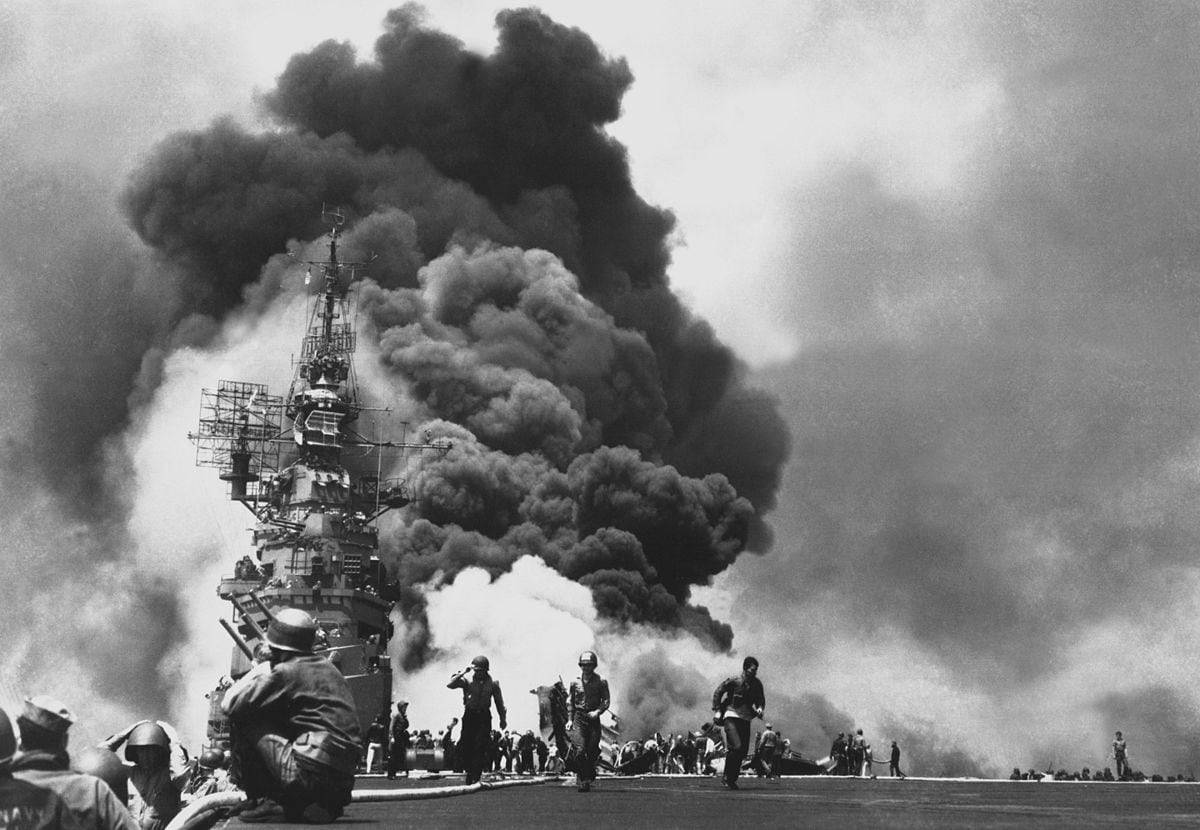On this date in 1945, the Americans landed on the Philippine island of Luzon. The island was the most important one in the Philippines. The Japanese had occupied the country since 1942 when they defeated a combined Filipino-American army. General MacArthur had been forced to flee but he had vowed to return. He was to make good on his promise when he waded on shore soon after the landings on Luzon. The American invasion force consisted of 100,000 soldiers and marines, backed by ships and aircraft. The Americans did not experience stiff resistance on the beaches as they had anticipated. Instead, they were able to establish a beachhead with relatively light losses. However, the Japanese Kamikaze planes caused havoc among the ships that were supporting the invasion force. The Kamikazes managed to sink two American warships with the loss of over fifty sailors. Fortunately, more were rescued from the waters. They were cheered by enthusiastic Filipinos who hailed them as liberators. However, any thoughts of any easy victory were soon dispelled. The Japanese knew that it was suicidal to fight the Americans on the beaches where they would be bombarded by the massive guns of the American warships. Instead, the developed a network or tunnels and bunkers inland in the jungles of Luzon.

The Japanese lured the Americans inland and then they ambushed them or resisted them fiercely. The Americans soon found themselves engaged in bloody battles in the interior of Luzon. At the same time, the Japanese and American navies battled each other in the Leyte Gulf. This is often regarded as the largest naval battle of WWII. The US lost over thirty ships many because of Kamikaze attacks. Despite their heavy losses, the US navy won a great victory, the Imperial Japan navy was practically finished as a fighting force after the Battle of Leyte Gulf.
The Japanese fought with suicidal bravery and usually fought to the death. This was because they hoped to prevent or delay an American invasion of Japan something that was unthinkable. The superior firepower of the Americans proved decisive and they were able to inflict heavy casualties on the Japanese. Flamethrowers proved particularly effective and they were used to clear the Japanese from tunnels and bunkers in the jungles and hills of Luzon. The Americans fought the Japanese for 67 days before they were able to gain full-control of Luzon and they were aided by the local Filipinos. The Americans lost some 3,600 soldiers, sailors, airmen and marines in the battle to liberate Luzon. The Japanese lost an estimated 50,000 soldiers in the bloody battle for the Philippine Island.

